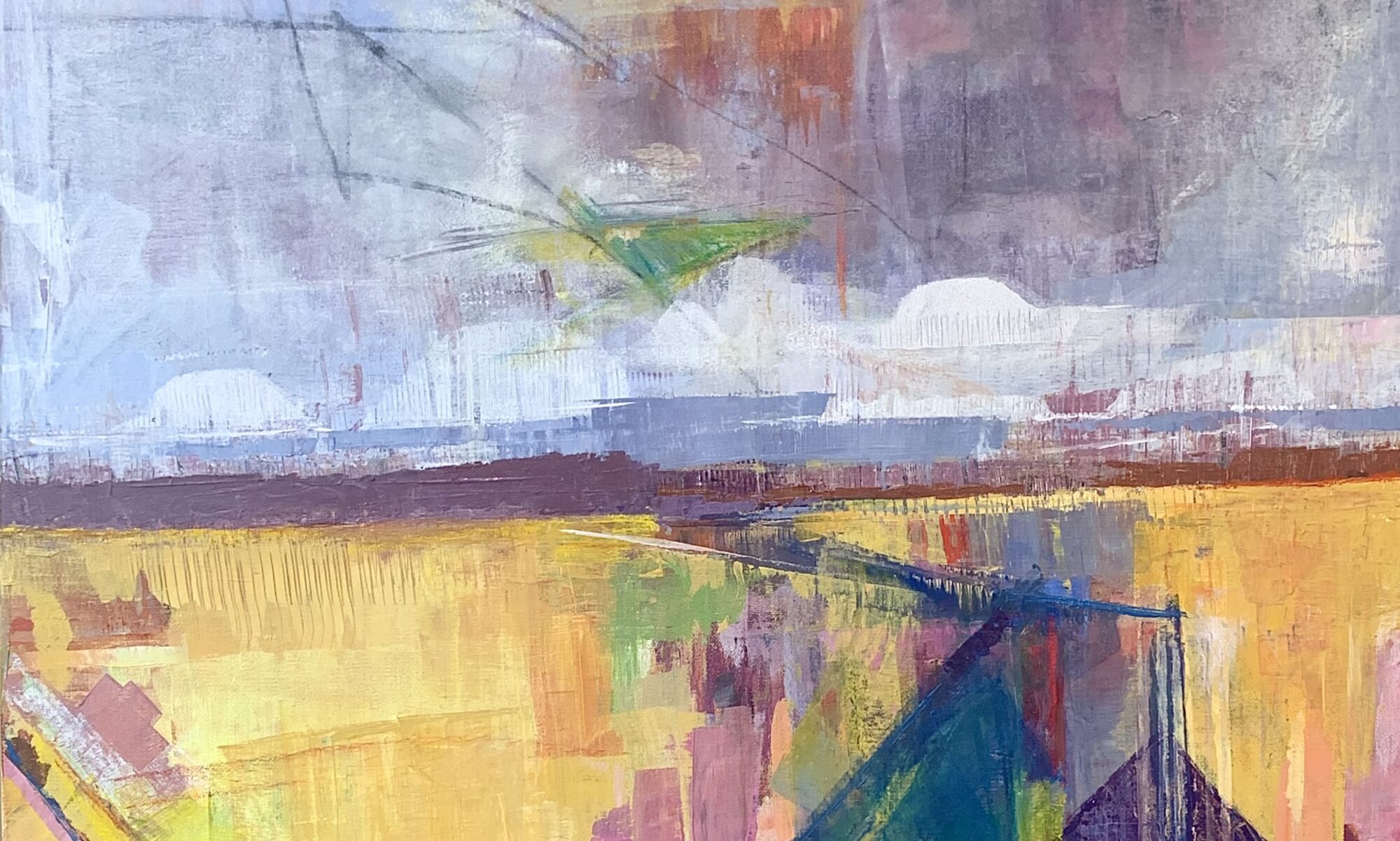18″ x 22″
oil on canvas
$600.00 via PayPal
$10.00 shipping within US

contemporary landscapes
18″ x 22″
oil on canvas
$600.00 via PayPal
$10.00 shipping within US
oil on canvas
15″ x 34″
$600.00 via PayPal
$15.00 shipping within US
oil on canvas
10″ x 19″
$550.00 via PayPal
$10.00 shipping within US
7″ x 11″
oil on canvas
I have not abandoned the pond project yet- however boredom has motivated me to seek ways of keeping it interesting. Yes, I have been using more brushwork. I still begin with a knife for a loose beginning to each painting. I block in areas of color quickly. Then, with a small round brush I maneuver the paint on the surface. The most important application for the brush is capturing the branches. I am also able to create more detail and subtlety through this hybrid mark making system. These two paintings were done using the same limited palette of cadmium orange, ultramarine blue, and titanium white. These images are taken from photograph- two pictures shot just days apart.
30″ x 33″
oil on canvas
$850.00 via PayPal
$25.00 shipping within US
16″ x 40″
oil on canvas
Sold!
6.5″ x 10″
oil on panel
Sold!
9″ x 7″
oil on panel
Sold!
One thing I don’t think I have ever talked much about is my technique. So here are some thoughts of process…. Most of my paintings are on panel, though occasionally I use canvas. Panel, with it’s rigidity, works a little better with the weight of the paint and pressure used while applying it. I start with a panel primed with acrylic, usually I use a warm orange or red. With a white pencil I gently sketch out the composition. In my mind I map out the color relationships based on what I see. Whether painting en plein air or in the studio, I look for interesting color patterns and plan if there are any I will exaggerate for dramatic effect.
To begin painting, I start with the sky. I mix the color using a palette knife. This color is most critical as it sets the tone of the rest of the painting. I often spend a long time mixing this color until I am satisfied. Because my work is small, I often pick it up off the easel. I spread the paint on with a knife, using the knife’s edge to define the horizon. It is like spreading peanut butter on bread.
I move on to middle ground and foreground, in that order, mixing each color as I go. I save complicated shrubbery or trees for last. All is done with a knife. For detailed pattern I mix the paint directly on the panel. The paint is often thick and applied with an impasto style. While holding the painting in my hand I can rotate it freely to get different directions of stroke. I have to accomplish most of the painting in one go, as it will start to dry within a day. The textured surface makes it difficult to work on once the drying process starts. It takes several weeks for the painting to be completely dry.
Image: Chromascape 67, detail
oil on panel
7” x 9”
$350.00 via PayPal
$10.00 shipping within US
7″ x 9″
oil on panel
$315.00 via PayPal
$10.00 shipping within US
9″ x 7″
oil on panel
$315.00 via PayPal
$10.00 shipping within US
I remember well a MIAD instructor I once had telling me and the rest of the painting class never to waste paint. “Keep a stack of panels handy” she would say, because left over paint on the palette could always be something. Well here is my something. So, using generic interpretations of my landscape theme I have composed these mini studies on a gessoed piece of watercolor paper that I taped off. I am doing them in between panel paintings. Great things are happening actually. It is always an invigorating feeling when you let go and play, and it is good.
6.5″ x 10″
oil on panel
$350.00 via PayPal
$10.00 shipping within US
20″ x 30″
oil on canvas
$470.00 via PayPal
$15.00 shipping within US
I spent the last few days in Vancouver, B.C., where I manged to do a little gallery hopping. Vancouver has a very active art scene. I went to Gallery Row, in South Granville. This is a small, trendy area full of boutiques and galleries. Here I visited a number of noteworthy galleries, including the Petley Jones Gallery, Jacana Gallery, Kurbatoff Gallery, and the Elissa Cristall Gallery. A little off the main stretch was the the Diane Farris Gallery. Here I saw an exhibition called Waterways by artist Judith Currelly. Currelly’s muted paintings of animals and landscapes are slightly stylized and evoke a sense of history and native influence. (See image)
In downtown Vancouver I came across the Rendezvous Gallery. The gallery person I spoke to informed me that all the work in the gallery was North Western Coastal artists. The space was big, but still packed floor to ceiling with work, mostly bright and colorful landscape paintings. The gallery felt warm and vibrant and I think this may have been my favorite stop. Overall it was an exciting trip. Vancouver is a fascinating city full of diversity and culture.
Image: Judith Currelly, Inside Passage, Diane Farris Gallery, 2010